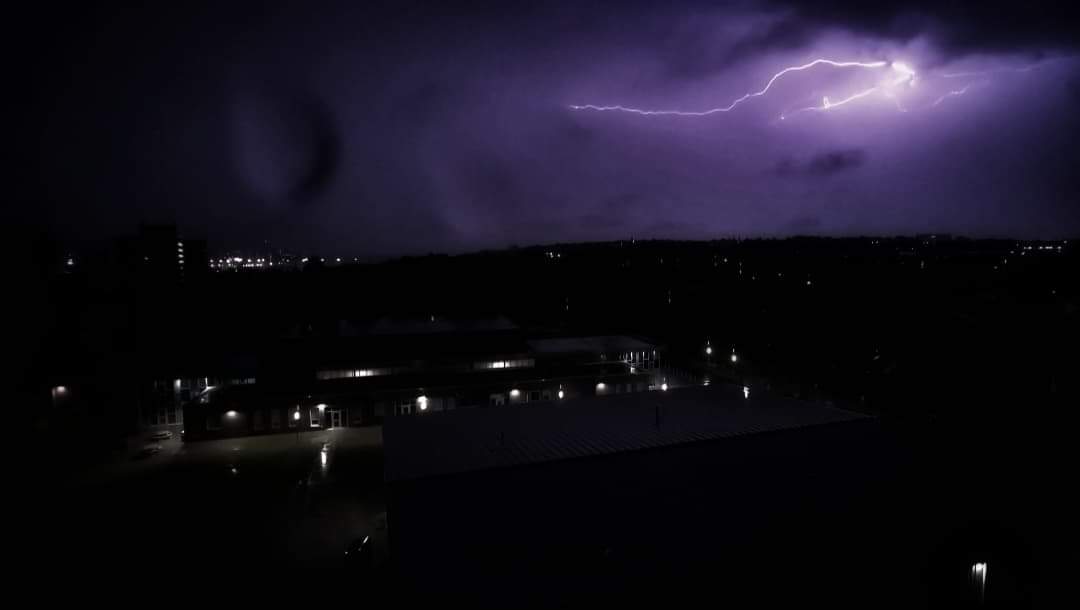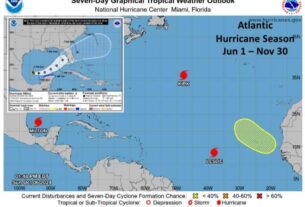**** Info via Environment Canada
Lightning safety

(photo via Josh Brown)
Each year lightning kills two to three Canadians and injures approximately 180 others. So, how do you keep yourself and your family safe when lightning strikes? Read the tips and information below and stay safe!
The first and most important thing to remember is that if you can hear thunder, you are within striking distance of lightning. Take shelter immediately, preferably in a house or all-metal automobile (not convertible top). If caught outside far from a safe shelter, stay away from tall objects, such as trees, poles, wires and fences. Take shelter in a low lying area.
Once indoors, stay away from electrical appliances and equipment, doors, windows, fireplaces, and anything else that will conduct electricity, such as sinks, tubs and showers. Avoid using a telephone that is connected to a landline or touching devices that are plugged in for charging.
If you are in your car during lightning, do not park under tall objects that could topple, and do not get out if there are downed power lines nearby. If you are caught outside, don’t stand near tall objects or anything made of metal, and avoid open water.
If caught on the water in a small boat with no cabin during thunder and lightning, quickly get to shore. Boats with cabins offer a safer environment, but it’s still not ideal.
Remember, there is no safe place outdoors during a thunderstorm. Once in a safe location, remain there for 30 minutes after the last rumble of thunder is heard before resuming your outdoor activities.
People who have been struck by lightning do not carry an electrical charge and can be safely handled, but victims may be suffering from burns or shock and should receive medical attention immediately. If you come across someone who has been struck, call for medical assistance immediately and, if breathing has stopped, administer mouth-to-mouth or cardio-pulmonary resuscitation (CPR).




